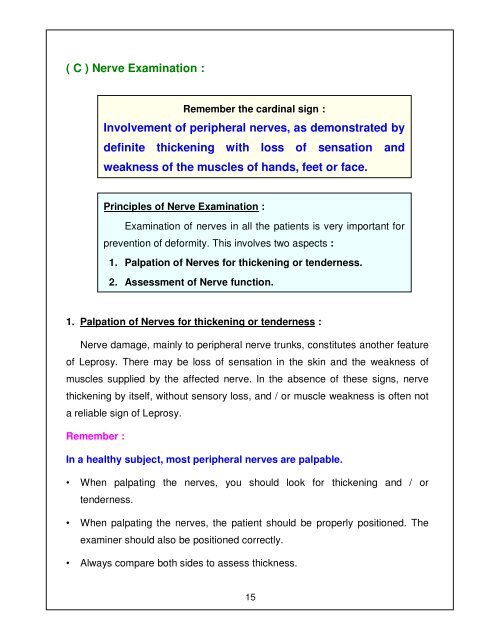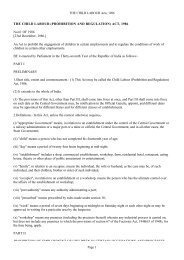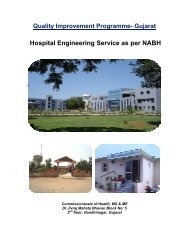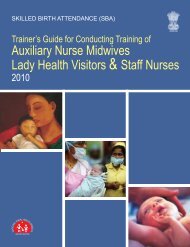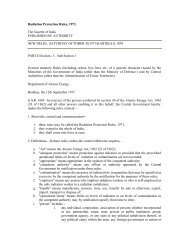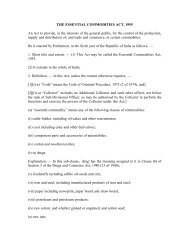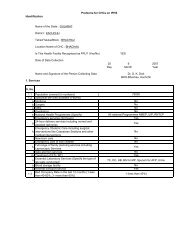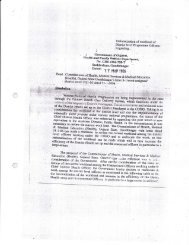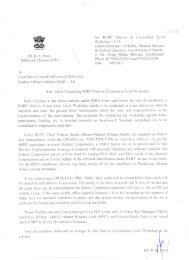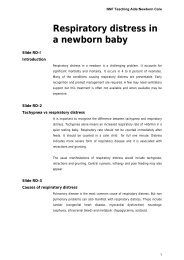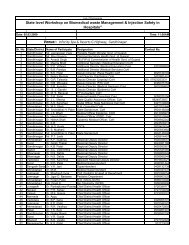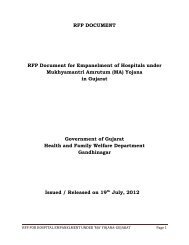Leprosy Training Module for Medical Officers
Leprosy Training Module for Medical Officers
Leprosy Training Module for Medical Officers
Create successful ePaper yourself
Turn your PDF publications into a flip-book with our unique Google optimized e-Paper software.
( C ) Nerve Examination :<br />
Remember the cardinal sign :<br />
Involvement of peripheral nerves, as demonstrated by<br />
definite thickening with loss of sensation and<br />
weakness of the muscles of hands, feet or face.<br />
Principles of Nerve Examination :<br />
Examination of nerves in all the patients is very important <strong>for</strong><br />
prevention of de<strong>for</strong>mity. This involves two aspects :<br />
1. Palpation of Nerves <strong>for</strong> thickening or tenderness.<br />
2. Assessment of Nerve function.<br />
1. Palpation of Nerves <strong>for</strong> thickening or tenderness :<br />
Nerve damage, mainly to peripheral nerve trunks, constitutes another feature<br />
of <strong>Leprosy</strong>. There may be loss of sensation in the skin and the weakness of<br />
muscles supplied by the affected nerve. In the absence of these signs, nerve<br />
thickening by itself, without sensory loss, and / or muscle weakness is often not<br />
a reliable sign of <strong>Leprosy</strong>.<br />
Remember :<br />
In a healthy subject, most peripheral nerves are palpable.<br />
• When palpating the nerves, you should look <strong>for</strong> thickening and / or<br />
tenderness.<br />
• When palpating the nerves, the patient should be properly positioned. The<br />
examiner should also be positioned correctly.<br />
• Always compare both sides to assess thickness.<br />
15


